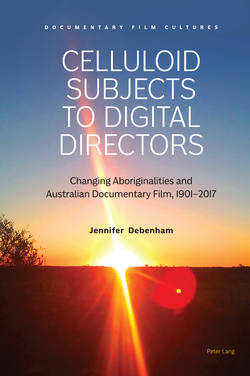Читать книгу Celluloid Subjects to Digital Directors - Jennifer Debenham - Страница 15
На сайте Литреса книга снята с продажи.
Media Ecology
ОглавлениеTo clarify the important relationship between ideology and technology, the study is framed by the intellectual tradition known as media ecology. Its development as a discreet field of enquiry, steered by the writings of Marshall McLuhan and Neil Postman (amongst others) in the 1960s, it did not become identifiable in its present form until the 1990s. Approaching the analysis of media through an ecological lens relies on understanding media as an environment in which complex eco-systems interact with each other. The inclusive, multi-disciplinary methodology defines media as “a collection of inter-connecting systems that at once reflect and stimulate each other as it seeks to understand the symbiotic relationships among culture, communication, and technology”.9 The importance of recognising the symbiotic relationship between media, communication and society puts into focus the inter-subjectivity alluded to earlier in Langton’s definition of Aboriginality and Smaill’s argument regarding the role played by the inherent emotions that are stimulated by the production and exhibition of documentary films. Together, this inter-disciplinary approach to exploring the films provides a new avenue to evaluate the production of documentary film by and about Aboriginal Australians. By selecting films from across an extended timeframe, the study explores the dynamics in an original format.
